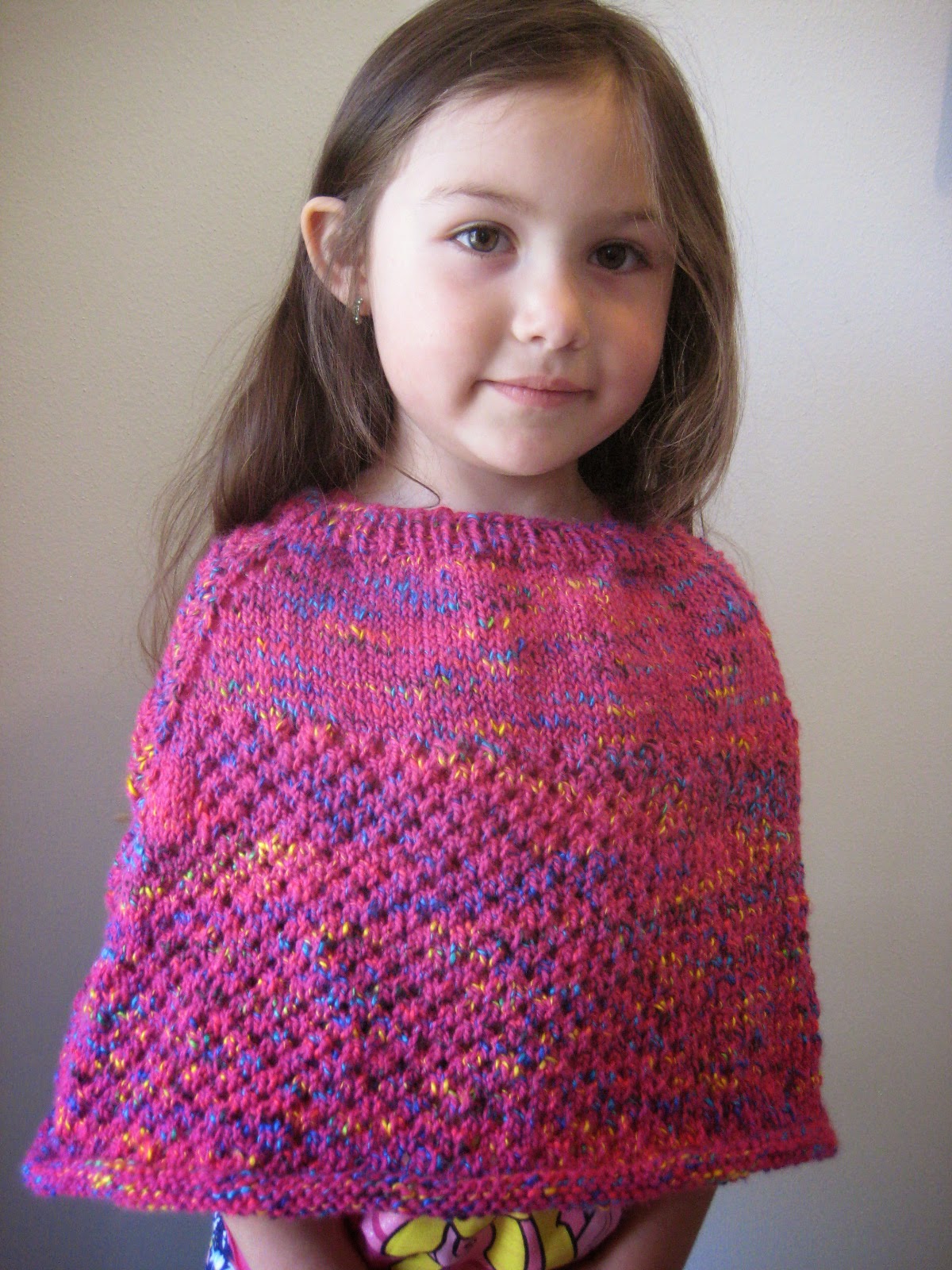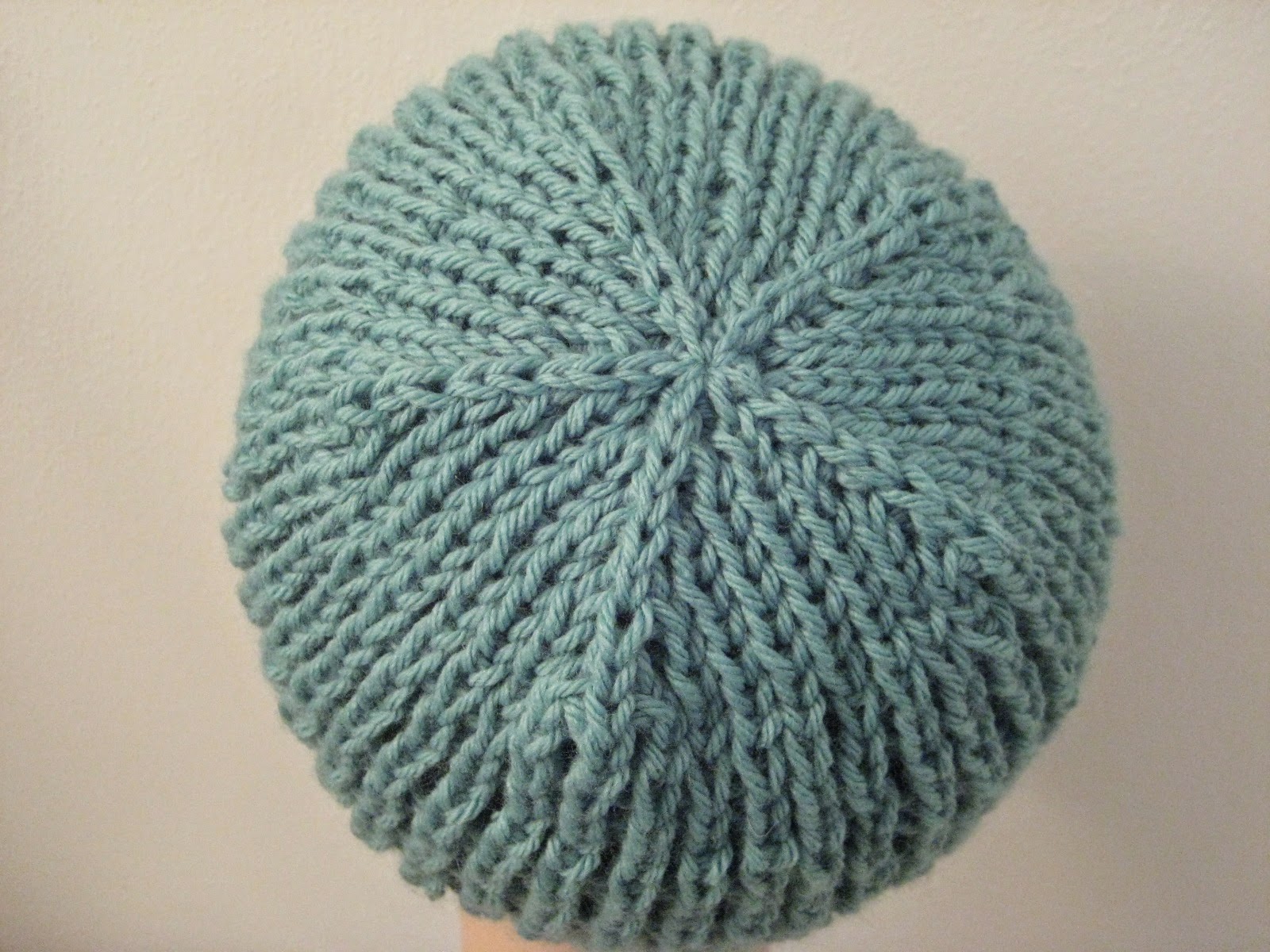 |
| Wickerwork Hat |
I stumbled across this yarn in my stash the other day and I realized that it would make the perfect gift for a friend who's about to move away. So I got right down to work and created this fun Wickerwork Hat, complete with pompom (there is a photo of it without the pompom below, in case you want to see it without). It would also make a great stash-busting holiday gift, since I think most of us have at least a skein or two of worsted-weight wool hanging around!
* Note: As of November 2, 2015, I have added a chart to this pattern using the ever-wonderful chart generator here. You can find it below. Please note, however, that I had to do some funky stuff with the charting to make it work (it should all be explained in the chart graphic, but let me know if there's a problem. Also, let me know if there's a better way to chart any of my issues, and I'll fix it! :) )
 |
| Sans pompom. In a different color, this would make a nice man-hat as well. |
Needles: 16" circular needle in size US 5, 16" circular needle in size US 8, one set of double pointed needles, also in size US 8
Notions: Tapestry needle, stitch marker
Gauge: 20 stitches = 4 inches on size 7 needles
So let's get started! First, using your size 5 needle, cast on 104 stitches, place marker, and join in round. Then, knit 1.5" in the following ribbing:
Ribbing Row: k1, * p2, k2; rep from *; end p2, k1
And once that's done, we'll switch to our size 8 needles and our main pattern, which is Wickerwork Pattern from page 146 of Barbara G. Walker's A Second Treasury of Knitting Patterns. For this pattern, we'll need the following notation (you can find videos for the techniques below them):
rt (right twist): knit two together, leaving stitches on left-hand needle; next, insert right-hand needle from the front between the two stitches just knitted together, and knit the first stitch again. Finally, slip both stitches from left-hand needle together


















